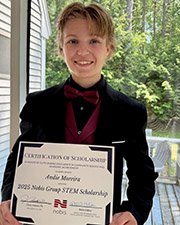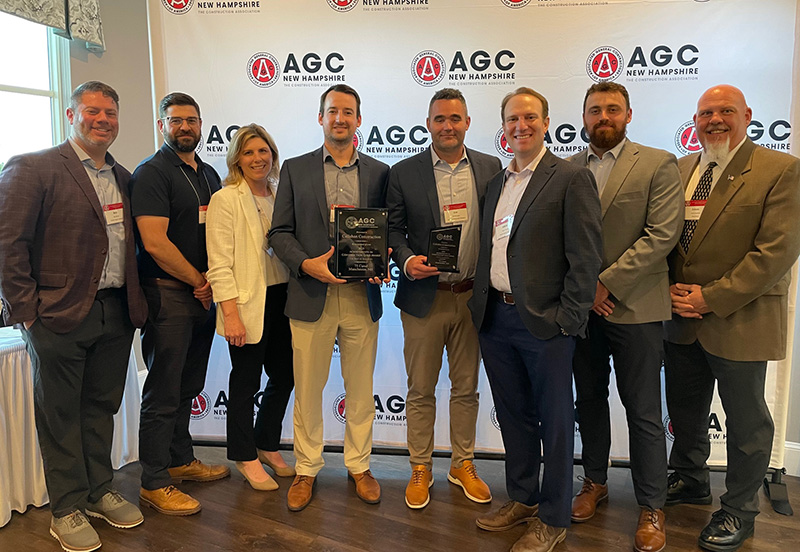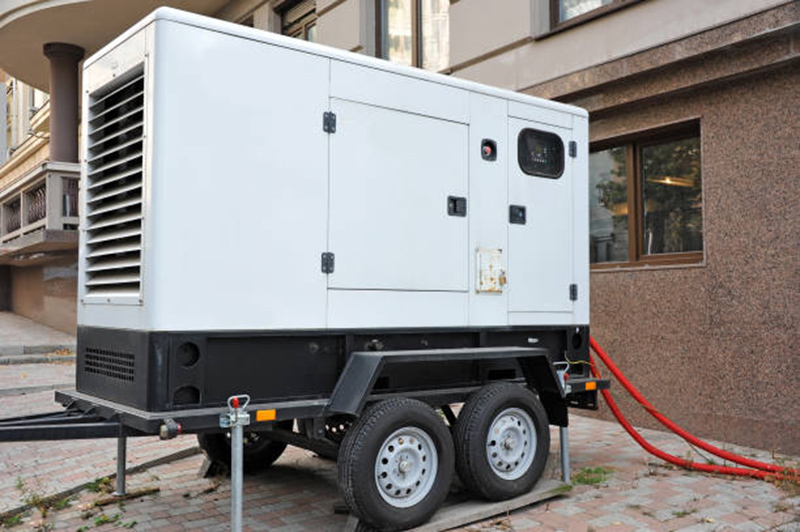News: Construction Design & Engineering
Posted: November 20, 2014
Changes to repairs require changes in methods
A year has gone by and CPAs and other professionals have been able to digest the new regulations as to if repairs should be capitalized or deducted. In late 2013, the IRS released final repair versus capitalization regulations. These new regulations gave taxpayers something more concrete in determining if repairs should be capitalized or deducted. These regulations are far reaching and will affect every taxpayer that holds tangible property. Finally in August of 2014, the IRS issued Finalized regulations on the disposition of retired assets.
Taxpayers and CPAs were warned that the rules were applicable for tax years beginning on or after January 1, 2014, but many of the transition rules were not released until January of 2014 with additional guidance in September of 2014. While the new regulations will affect virtually every taxpayer holding tangible property, the transition rules will require all those taxpayers affected to file for automatic changes in accounting methods. This will cause increased reporting and compliance with the laws.
While there may be an increase in time and cost to prepare taxpayers' 2014 tax returns, there are a number of benefits to these new rules. These rules should reduce controversy over what was deductible as a repair and what had to be capitalized. In many instances they give us support for deducting some of things that were standard practice in the past from liberal IRS regulations and court cases.
Some of the major highlights of the final regulations include new safe harbors to deduct routine maintenance items on buildings, an election to capitalize repairs and maintenance items in accordance with financial statements, a de minimis safe harbor to deduct items under $5,000/$500 and a small taxpayer safe harbor.
Under the disposition regulations, taxpayers can now take a loss on disposed of building components. For example, if a taxpayer replaces their HVAC system, they may take a loss on the remaining basis of the old HVAC system. This is even the case for past years. If the taxpayer replaced the HVAC system in 2010, but is still depreciating two HVAC systems, the new rules allow you to go back and write off the old HVAC system. There are some tricky rules in calculating and allowing these write offs, especially from prior years. Prior year disposals may only be taken in tax year 2014. The IRS is allowing taxpayers one chance to deduct these prior dispositions. Going forward, taxpayers will only be able to write off dispositions in the year the asset is actually disposed.
Applying all of these new rules will require changes in accounting methods. However, most taxpayers will not have a choice. The IRS is requiring us to comply with these rules, while at the same time they are telling us we need to change our accounting methods in order to comply. Most, if not every, taxpayer that owns tangible property will be required to file at least one Form 3115 (Application for Change in Accounting Method). The IRS is telling us that they will be looking at taxpayers with tangible property that have not complied with these new rules by filing method changes. Many of these filing will require discussions between the CPA and the taxpayers to accurately report the information.
The implementation of these final regulations was required for tax years beginning on or after January 1, 2014. With the 2015 filing season coming in January, taxpayers and their CPAs should be having conversations as to how these will alter their 2014 tax returns and at what additional cost. Due to this quick timing, taxpayers should be consulting with their tax advisors now to ensure there are no missed requirements or opportunities.
Patrick Bevington, CPA is a manager in the real estate group at DiCicco, Gulman & Co., Woburn, Mass.
MORE FROM Construction Design & Engineering
Nobis Group awards Robinson and Moreira STEM scholarships
Concord, NH Nobis Group, a 100% employee-owned consulting firm specializing in engineering and environmental solutions across the Northeast, has named the recipients of its 2025 STEM Scholarship: Andie Moreira of
Columns and Thought Leadership

The rise of incubators and co-working spaces: The latest in life sciences - by Matt Combs
In recent years, the life science industry has witnessed a shift in how companies operate and innovate. One of the key driving forces behind this transformation is the emergence of incubators and co-working spaces specifically tailored to meet the unique budget and schedule needs of startups.

Ask the Electrician: Is summer a prime time for commercial electrical maintenance?
The answer is “Yes!” While January marks the official new year, many businesses view September as a fresh start. This makes summer an ideal time for commercial property owners to schedule long-term electrical maintenance projects.

The design-build advantage: Integrated interior design solutions - by Parker Snyder
When it comes to corporate interior spaces for both commercial and industrial projects, partnering with a design-build firm with in-house interior design services can offer clients many benefits. Unlike traditional delivery methods where interior designers operate independently from the design and construction teams, often creating a longer project timeline as cost negotiations and revisions ensue

Careers in Construction Month focus on training and safety - by Joe Camilo
October is Careers in Construction Month, and rarely has it been more consequential. According to our chapter’s national parent organization, the construction industry needs to attract half-a-million new workers in the coming year to meet demand. Addressing that need is a huge job, but we at ABC MA are trying to do our part.








